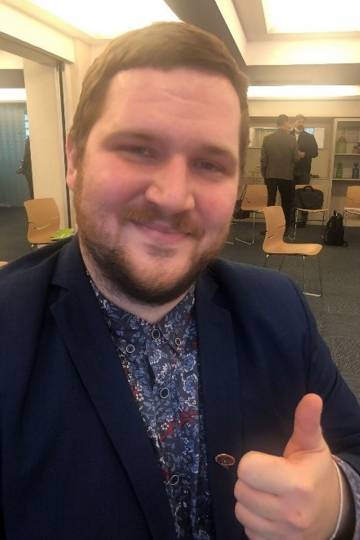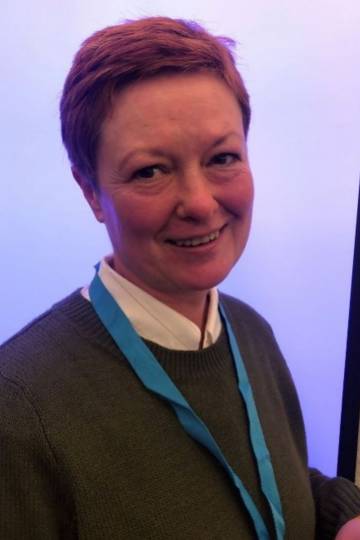Leadership for safety in nuclear and radiological environments, ensuring high levels of nuclear safety and radiation protection and that a healthy culture for safety is established throughout organisations, were among the main topics discussed at the recently held IAEA International School on Nuclear and Radiological Leadership for Safety, in Athens, Greece.
Through case studies and leadership games, participants analysed scenarios, such as unintended medical exposure, leaks of radioactive material and challenges establishing an effective regulatory body. An interactive programme also helped them to identify gaps and ways that could help an organization improve its nuclear safety processes and mechanisms. The school included lectures and gave insights and references for leadership models, attributes and the role of culture on leadership behaviours — all of this with the perspective of its influence in nuclear and radiological safety.
“The goal of this programme is to enable current leaders and future ones in the nuclear field to have a better and insightful understanding on their role in having a robust safety culture at nuclear facilities around the world,” said Shahid Mallick, Director of the IAEA Office of Safety and Security Coordination. “The high demand in the school’s attendance since its inception from across the world is a reflection of the need for such support.”
Over a two-week period, 24 early to mid-career professionals from 13 countries received theoretical and practical information on how to build and work on having leadership skills in nuclear and radiological safety throughout their careers. This course is based on the IAEA safety standards, in particular, the General Safety Requirements Leadership and Management for Safety (No. GSR Part 2) and was hosted by the Greek Atomic Agency Commission (EEAE) and supported by the IAEA’s technical cooperation programme.
Topics discussed covered an array of areas in nuclear and radiological safety ranging from internal communication and a systemic approach to safety and human factors to integrated management systems in radiation safety. One type of session held throughout the week, a “reflective team” session, involved experts sharing real-life stories that impacted them as safety leaders. Among the experiences shared was one in which an inspection was carried out by a junior inspector and due to restrictions being imposed by the operator on internal access to a nuclear power plant control room to avoid a more closer look at the safety parameter display system, the inspector refused to carry out the full inspection until there was complete clearance from the country’s regulatory authority to continue the inspections without any interruptions to check the plant’s safety. Through this session, participants gained skills on how to be better prepare in the event they had to face a similar or related situation. “Real experiences are powerful drivers that the school utilizes in its methods,” said Mallick.
Additionally, the school underlined the concept of strength in depth, which is reflected in the International Nuclear Safety Group No. 27 publication and the need for a robust nuclear safety system to ensure safety standards are applied in all circumstances. A robust nuclear safety system includes a strong industry sub-system, a strong regulatory sub-system and a strong stakeholder sub-system along with a healthy system of interactions between them including peer reviews and the support of a questioning attitude.
Meet the participants
Here’s what three of the school participants had to say:









